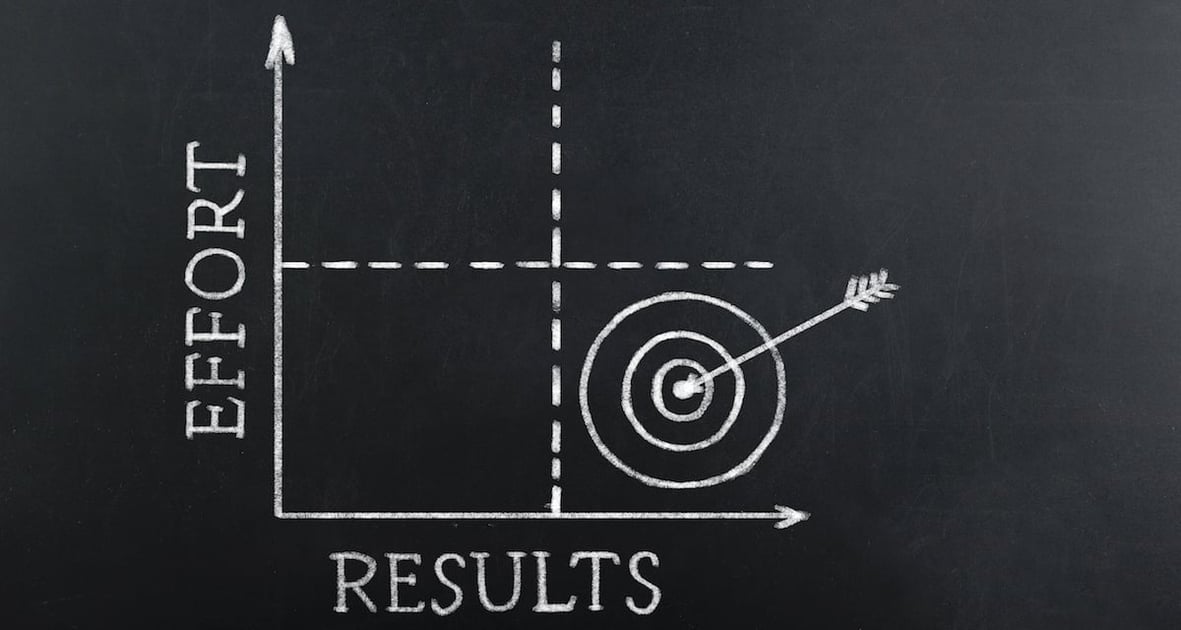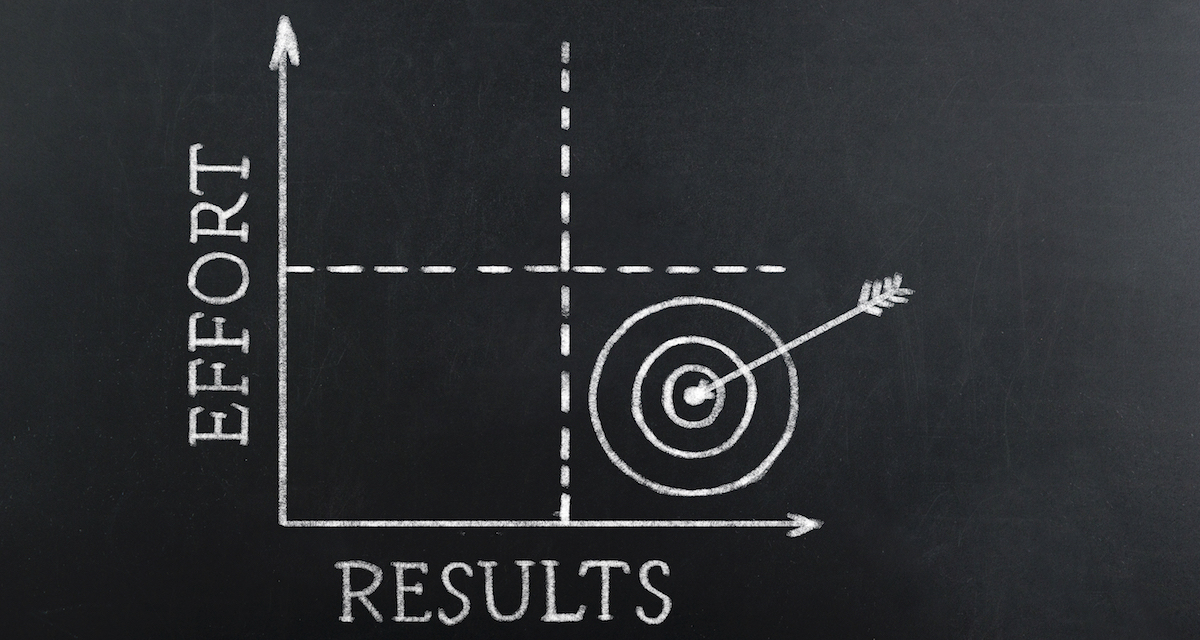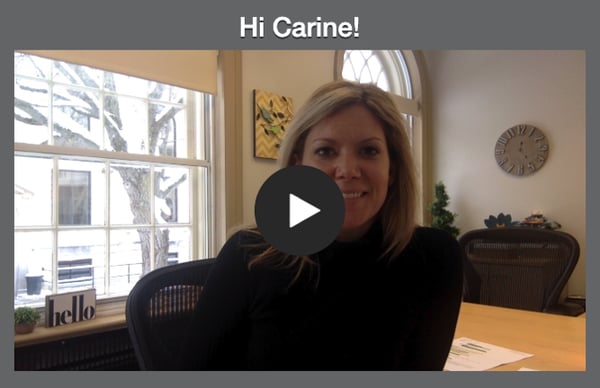



Attracting and engaging qualified leads. That is inbound marketing’s foundation.
When we talk about inbound marketing, we say we want to fill the sales funnel with qualified leads. Simple, right? Like it’s an automated machine that turns a steady diet of leads into a predictable output of wonderful new customers.
No, it's not so simple (or easy). But it's also not rocket science. It's about the right processes and tools to effectively manage contacts and activities.
Before I get into process, let's review how lead attraction and engagement works as part of the inbound methodology:
Attract. Get people to your website by creating and publishing content and resources (blog articles, content offers, social media, etc.) that your prospects find relevant and valuable — and helps them answer problems or understand opportunities for which they’re searching.
Engage. Earn visitors’ trust by guiding them towards content that offers added value if they engage with you (by subscribing, completing a form, initiating a chatbot or other such action). Now, you have leads you can nurture strategically, leveraging the insights you’ve gained along their buyer journeys.
Delight. Keep connecting with customers and build on your relationship after the sale. Deliver more value so they continue to buy from you. A delighted customer can be your biggest advocate and become a lead generation machine.
With those stages of the buyer’s journey in mind, here are some thoughts on how to maximize your inbound funnel by evaluating and processing sales leads. In a nutshell:
There are many ways to look at qualifying leads. However it's done, in the end you want to separate worthy prospects from those that aren’t a good fit. In other words, the marketing qualified leads (MQL) from those that do not fit your ideal buyer profile.
Attractiveness is typically based on criteria used to describe your ideal targets:
Engagement level is a judgment based on observed behaviors — pace of activity on your site, number of pages viewed, and direct requests for information or samples/demonstrations.
Attractiveness and engagement should be viewed as different dimensions. Attractiveness is a relatively constant measure (they either are or aren't ideal buyers). Engagement, on the other hand, is dynamically time sensitive and changeable. Leads who may have low engagement today have the potential to become highly engaged in 90 days or 6 months or a year when their situations change.
In some B2C industries — consumer electronics, for example — a buyer’s timeframe for research before making a purchase is relatively short. Comparatively, highly considered B2B purchases such as capital equipment (manufacturing lines, control systems, fire engines, etc.) take considerably longer to research and come to a final decision.
A lead could be looking to replace aging equipment, finalizing an RFP list, completing an appropriations request, or researching for next year’s budget submission. Systematically gathering that information based on the timing stages your industry experiences becomes especially valuable in lead scoring.
Scoring leads helps you prioritize MQLs. As you attract more visitors and traffic grows, so too will the number of MQLs, inevitably overwhelming your sales team with sheer MQL numbers and no way to identify the best prospects in the bunch. Marketing automation and CRM platforms like HubSpot include qualifying and scoring tools.
SQLs are MQLs that score high enough to be considered worth the time and effort to pursue. The highest scores are your best opportunities, based on your actual experiences with leads who became customers. Here are the SQL categories I would want to see as a salesperson, ranked from best to not-so-great:
You've attracted, and engaged with, a nice collection of leads with your content. Now what? This is a crucial moment because you’re going for the sale.
Make sure your bottom of the funnel (BOFU) offers are working to optimize your SQL numbers. Is there a compelling enough offer for the lead to say “yes” to connecting with sales (more than just “contact us”)?
Now’s the time to offer something valuable as they’re nearing the end of their buyer journey. Instead of more content, maybe it’s a free evaluation or assessment, demo video, free trial, DfM services, etc. If applicable, you can use a discount code to establish some urgency around making a purchase.
Don’t overlook the process of handing off leads between departments. You don’t want all your intense qualification work to be in vain. Without proper handoff, this can easily happen.
A lead’s score should determine when to hand it off, so that’s not the issue. It’s the “how” part of the handoff that’s tricky. Work with your sales team on this because each team is different.
Who gets notified? What is the best way to notify each team member? What information should be packaged in the notification?
If email notification is the preferred method, make sure to clearly include the context of the buyer in the email (your marketing automation software should do this). Consult with sales to determine exactly what info they’d like to quickly see when they receive this automated notification. Also, it’s always a good idea to define “next steps” with this communication
Lastly, consider automating tasks for the salesperson upon receipt of the lead handoff.
RELATED:
How to Automate Lead Handoffs in HubSpot
Inbound Sales for Industrial Manufacturers
Be sure your sales process is integrated with marketing for closed-loop reporting. You want to be able to go back to see how your qualification processes are working. Similarly, getting regular, consistent feedback from your sales teams regarding leads and the handoff process is invaluable.
If you don’t hold a regular smarketing meeting — a time for sales and marketing teams to come together to discuss issues and uncover solutions — now’s the time to start one. These open, two-way communication opportunities can make your entire funnel more effective.
To ensure prospect messaging and timing are right, many sales teams have developed connect attempt sequences. This is the one-to-one outreach cadence that tells sales when to connect with sales-ready prospects.
Look to improve yours. If you’re confident that the timing is right and the messaging is good, consider adding video to the email. A personalized video is a proven way to improve response rates (try Wistia's Soapbox). It can be simple, just use your computer and be yourself. Something like: “Hi, Jenny – I just wanted to say hi and see what you thought about the last content piece you downloaded.”

Organizations with a Service Level Agreement (SLA) between sales and marketing are three times as likely to be effective, yet a minority have them in place. With a common goal and expectations of each team well defined, everyone involved in business development has a clear and deliberate plan.
Work with your teams on the right process and qualification that will maximize your inbound marketing funnel, especially for sales. Remember that ongoing optimization of an SLA is important; treat it like a living document so there’s always clarity and real alignment between the two teams.
All this talk about perfecting your inbound methodology and qualifying leads can't happen without the right content to guide them through the buyer’s journey. An effective inbound marketing strategy requires creating quality content that nurtures leads in addition to having a robust website, social engagement, and other initiatives. You don't have to go it alone. Here at Weidert Group, we specialize in B2B inbound and are happy to discuss your challenges. Reach out!
This article was originally published in 2013 and was updated in 2018 and 2020 for comprehensiveness and current best practices.
Topics: Inbound Marketing, Inbound Sales, Inbound Flywheel
